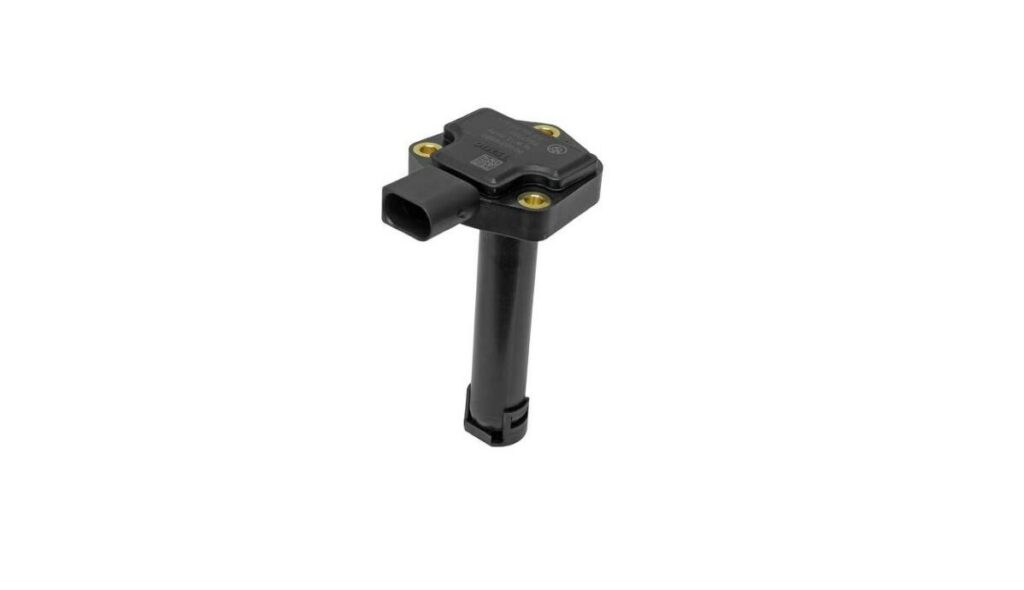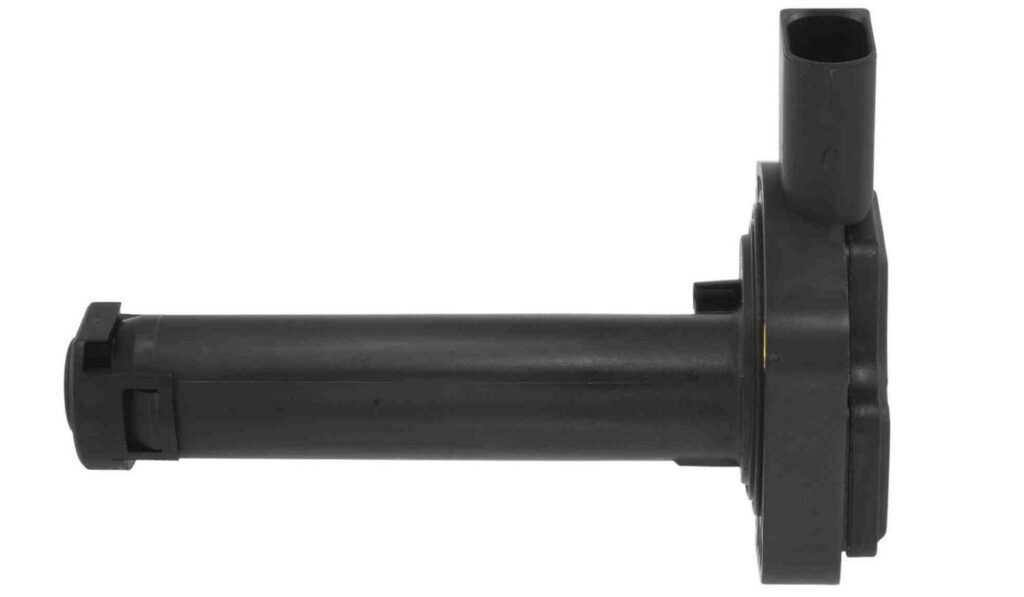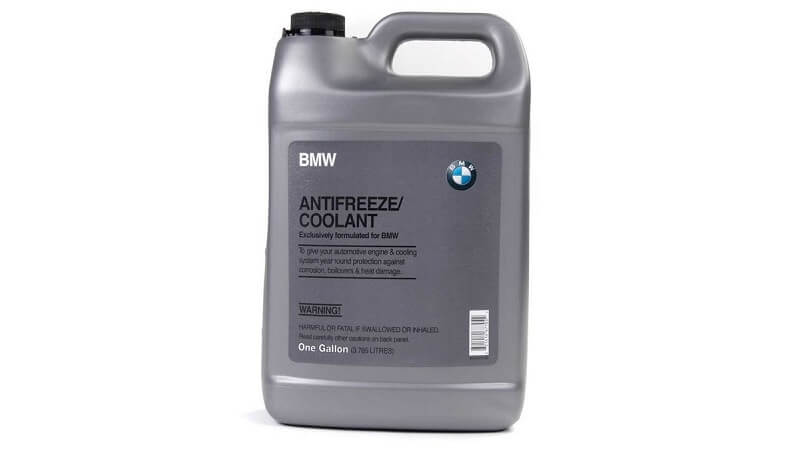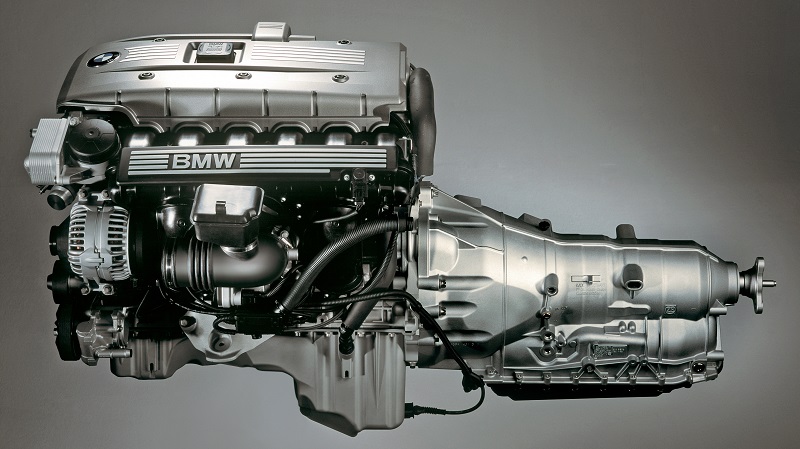Unlocking the mysteries concealed within your BMW’s intricate systems is a journey that often begins with deciphering fault codes – those elusive alphanumeric signals that hold the key to optimal performance. Among these enigmatic codes, one, in particular, demands our attention: BMW code 2F9E. In this comprehensive blog post, we’ll talk about what causes the 2F9E BMW code, focusing on its specific significance as an indicator of a potential oil level sensor error.
Throughout this guide, we’ll be delving into the potential causes behind the oil level sensor error. Armed with this knowledge, you’ll have what it takes to attack the issue head on, ensuring that your BMW continues to deliver the unmatched performance and driving pleasure you’ve come to expect.
Understanding BMW Code 2F9E
This specific code signals a potential error within the oil level sensor. Let’s delve deeper into the meaning of Code 2F9E and explore why this tiny sensor holds such significance in the symphony of your BMW’s performance.
The Oil Level Sensor’s Vital Role
Your BMW’s engine is a finely orchestrated symphony of moving parts where proper lubrication is essential. This is where the oil level sensor takes center stage. Tucked away within the engine’s oil pan, the oil level sensor performs a critical role: it measures the amount of oil present in your engine. This measurement is relayed to the onboard computer, ensuring that your engine receives the lubrication it needs to run smoothly.
Code 2F9E alerts you to a potential hiccup with this critical sensor. It tells you that there’s an issue in the sensor’s ability to accurately gauge your engine’s oil level, a concern can have potentially catastrophic effects on your engine.
The Importance of the 2F9E BMW Code
An oil level sensor error, hinted at by code 2F9E, is not a trivial matter. The implications of this error can ripple through your BMW’s performance and well-being. Imagine an engine deprived of proper lubrication, its moving parts grinding against each other. Reduced efficiency, increased wear and tear, and even the engine damage loom in the background. Code 2F9E is your BMW’s plea to address this issue promptly to preserve its vitality.
Common Causes of Code 2F9E: Oil Level Sensor Malfunction
As we discuss the BMW Code 2F9E and its association with the oil level sensor, it’s crucial to explore the potential culprits that could trigger this code.
Sensor Degradation: Over time, the oil level sensor can experience wear and tear, affecting its accuracy. Exposure to fluctuating temperatures and engine vibrations can contribute to the gradual deterioration of the sensor’s performance.
- Electrical Faults — Faulty wiring, damaged connectors, or electrical issues within the sensor’s circuitry can disrupt the communication between the sensor and the vehicle’s computer. This can lead to inaccurate readings and the eventual appearance of 2F9E BMW code.
- Contaminated Sensor — Oil impurities, sludge, or debris accumulation around the sensor can interfere with its proper functioning. The sensor’s ability to detect the oil level accurately may be compromised, triggering the fault code.
- Sensor Alignment or Installation Issues — Improper installation of the oil level sensor or misalignment within the engine compartment can hinder its ability to measure oil levels effectively, resulting in erroneous readings.
- Oil Quality and Level — While not directly related to the sensor itself, low oil levels or poor-quality oil can indirectly impact the sensor’s accuracy. Inadequate lubrication due to low oil levels can trigger the sensor to detect abnormal conditions. Always use good quality engine oil in your BMW.
- Sensor Damage — Physical damage to the sensor, whether due to impact or mechanical stress, can impair its functionality. Even minor damage can disrupt the sensor’s ability to provide accurate oil level readings.
Next, we’ll discuss the diagnostic steps you can take to identify the specific cause behind the oil level sensor error associated with the 2F9E BMW code.
Diagnosing and Resolving the Oil Level Sensor Error
As we go deeper into the 2F9E BMW Code and its connection to the oil level sensor, the time has come to explore the steps you can take to diagnose and ultimately resolve this issue.
Step 1: Preliminary Inspection
Begin by conducting a visual inspection of the oil level sensor and its surrounding components. Check for any visible signs of damage, corrosion, or loose connections. Ensure that the sensor is properly seated.
Step 2: Check Wiring and Connections
Inspect the wiring and connectors associated with the oil level sensor. Look for any signs of fraying, damage, or disconnection. A simple reconnection or repair of damaged wiring might resolve the issue.
Step 3: Diagnostic Tools
Utilize BMW-specific diagnostic tools or OBD scanners to retrieve the fault code data and further analyze the sensor’s readings. These tools provide valuable insights into the sensor’s performance and potential anomalies.
Step 7: Replacing the Sensor
In cases where the oil level sensor is found to be faulty beyond repair, replacement might be necessary. We will discuss this step in the next section.
How to Replace the Oil Level Sensor on a BMW E90?
Replacing an oil level sensor on most BMW engines (to include N52, N52K, N51, N46, N54, N54T, N53) is fairly simple. The sensor itself is located on the oil pan. However, on some models, such as the E90 series, you need to dump the oil before you remove the oil level sensor. Here’s how to replace this component at home.
Necessary tools:
- 8 mm socket
- 10 mm socket
- Floor jack
- Jack stands
- Oil drain pan
- Oil filter socket
Parts:
- Oil level sensor that fits your engine
- Engine oil
- Oil filter
- New oil drain plug crush washer
- Step 1: Lift the car safely — Get your BMW on flat ground, jack the car up using your floor jack, and set it down on a set of jack stands. Make sure that the vehicle is stable before you get under it.
- Step 2: Remove the floor plate — Next, take your 8 mm socket and undo all the screws that hold the floor plate in place. Once done, remove the floor plate and set it aside.
- Step 3: Drain the oil — Take your oil drain pan, set it under the oil drain on your car. Undo the oil drain plug and let the oil out. Once all oil is out, put the oil drain plug back into place with the new crush washer installed.
- Step 3: Replace the oil filter — Next up, get your oil filter socket, open the oil filter housing and replace the filter
- Step 4: Disconnect and remove the oil level sensor — With the new filter in place, get back under the car and disconnect the oil level sensor harness. With the harness out of the way, take your 10 mm socket and undo the 3 bolts that hold the sensor inside the oil pan. Replace the sensor with a new unit, and torque the bolts down to 8 Nm.
- Step 5: Add oil and reinstall the floor plate — Lastly, add new oil to spec, get under the car and reinstall the floor plate. Once done, take your car for a test drive to see if the code comes back.
Fix the 2F9E BMW Code with Bimmers.com
If you’re dealing with this code on your BMW, the best way to fix it and make sure it doesn’t come back is to use quality replacement oil level sensors. Check out our catalog and find a wide range of oil level sensors made by some of the best names in the business. We have genuine BMW parts, OEM and quality aftermarket options available. Make sure to select your car using our vehicle selection tool in order to find parts that are a guaranteed fit for your engine!







